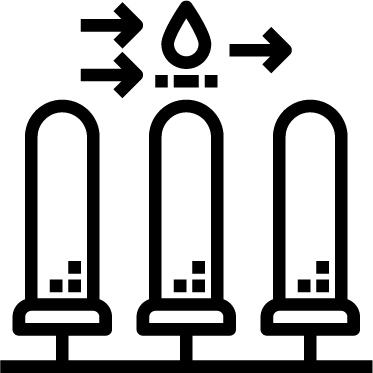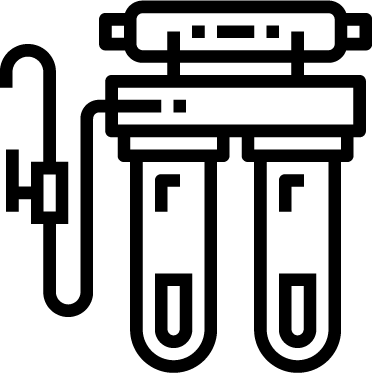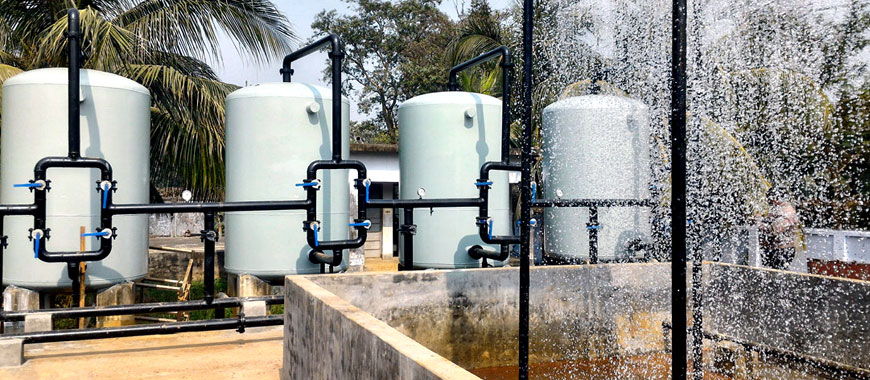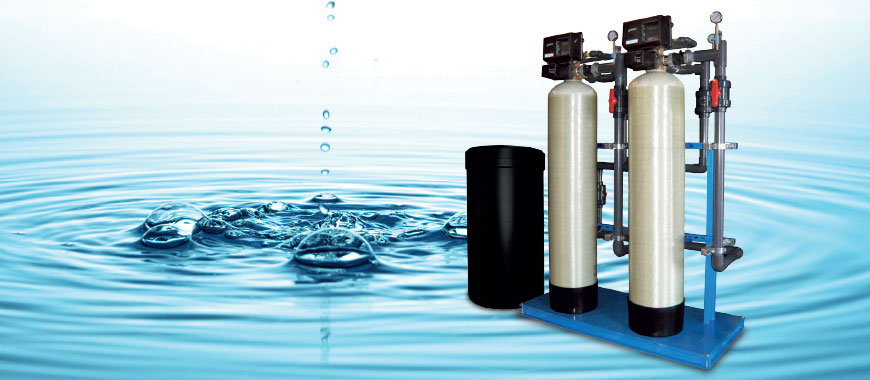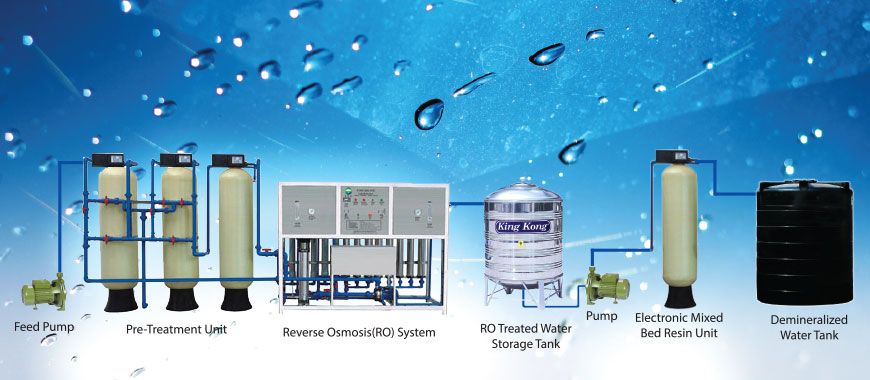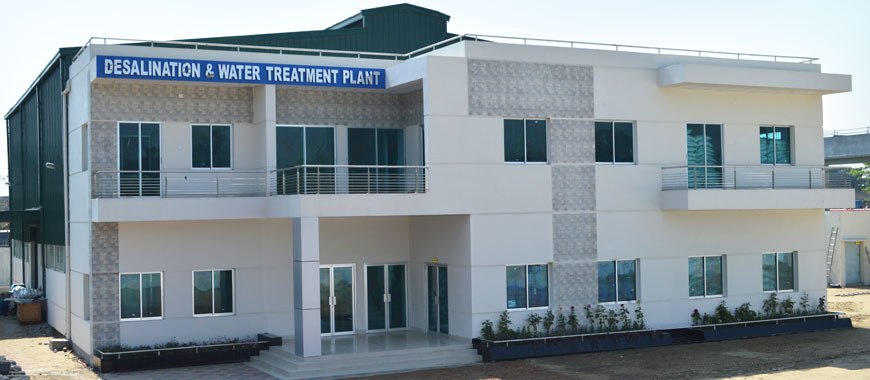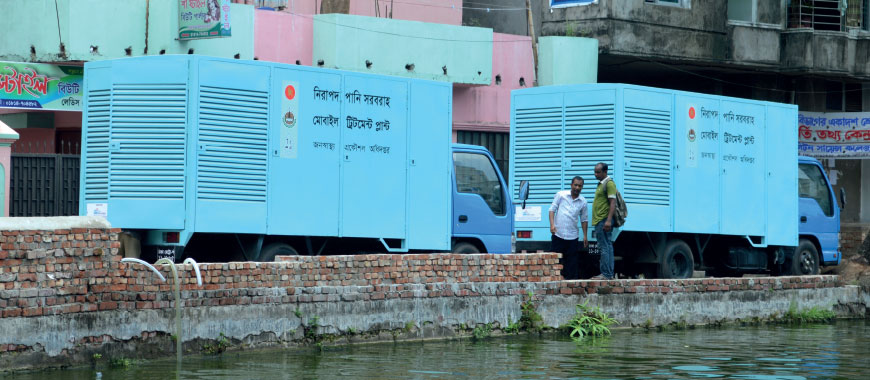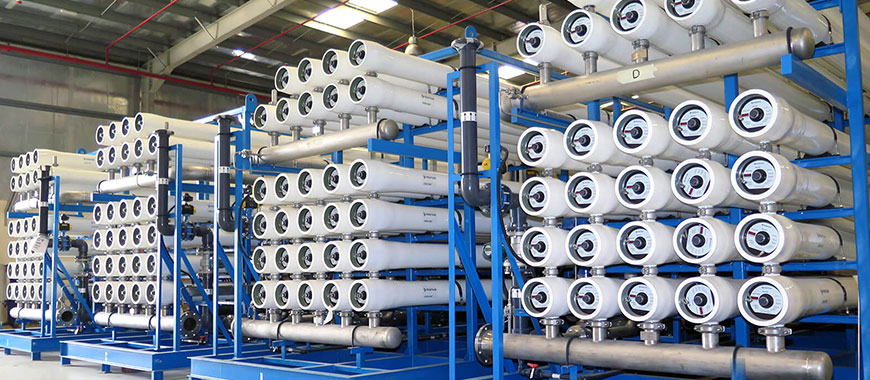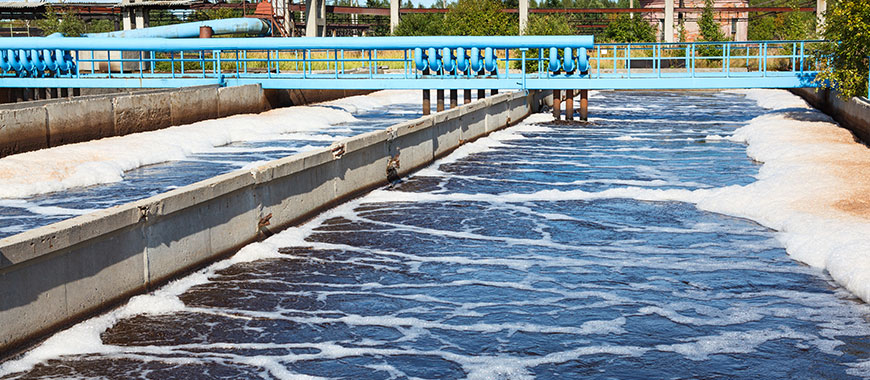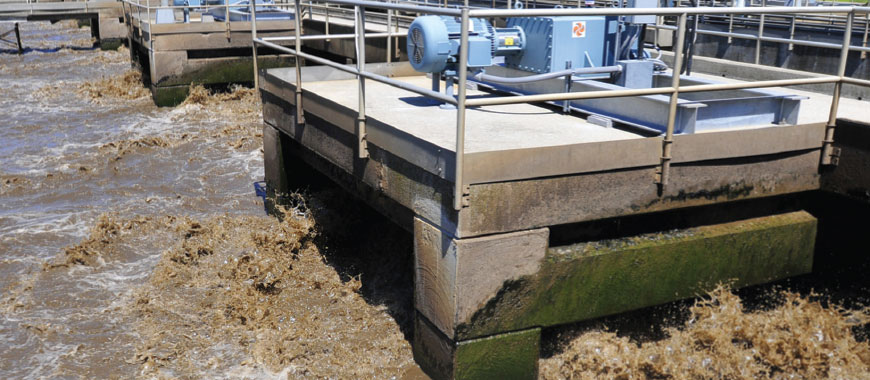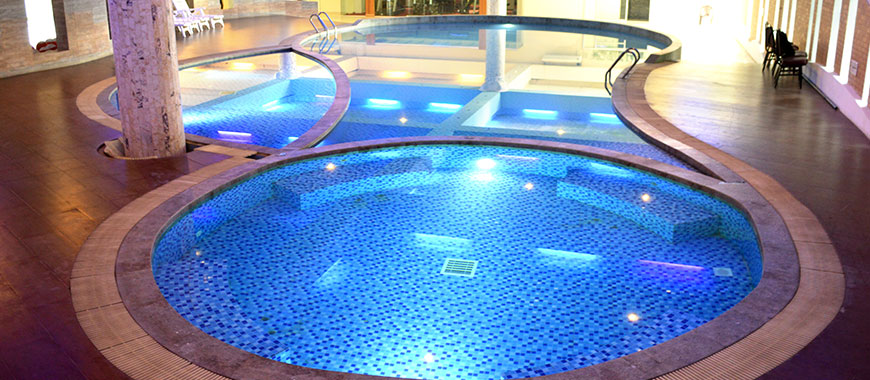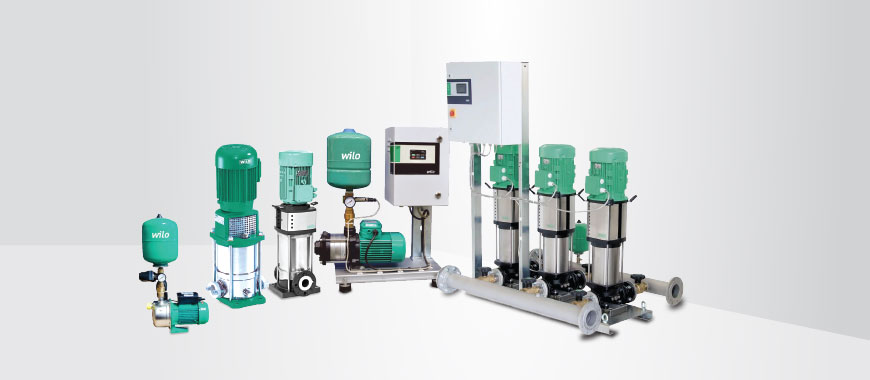A water treatment plant is used to purify contaminated substances from water. Here, the substances can be liquid, solid, or semi-solids. Each type of water treatment plant is named after its treating substances. We’ll discuss that later. A water treatment plant is very necessary to treat industrial or commercial wastewater. It reduces commercial or industrial water consumption and minimizes environmental pollution. A large volume of industrial wastewater should be treated through the water plant to make it reusable. A treatment plant not only makes the water reusable but also helps to eliminate-
With various purified substances, a treatment plant treats waste and contaminated substances of water. In the process, the plant makes the water reusable or safe for the environment. If an industry doesn’t get the correct treatment plant then it deals with several problems. Such as scale formation, corrosion, and fueling that happens in the cooling system. Also, it creates a source of dangerous bacteria. But if you ensure proper conditioning of water it’ll ensure efficiency, the safety of the plant, and increase the lifespan of the plant. A treatment plant includes four stages-
Sludge and biosolids tend to be produced and discharged in a treatment plant. You can place the concentrated solids in a landfill or can be incinerated them. One can use the solids as a soil nutrient if necessary.
What are the types of water treatment Solution plants in Bangladesh?
-
Wastewater treatment plant or WWTP:
Waste is the used water that includes many substances. Such as oil, food waste, human waste, chemicals, and soaps. Wastewater from home appliances like bathtubs, toilets, sinks, washing machines, or dishwashing, also wastewater from industries and companies can also be included in the share of used water. All these types of water can be cleaned through a wastewater treatment plant that can be got from a water Solution Company in Bangladesh. We’re a water treatment plant provider in Bangladesh. However, You can divide wastewater into two sections –
Sewage water: This type of water comes from domestic activities such as toilets, sinks, washing machines, and others.
Industrial wastewater: Manufacturing, industrial and commercials activities produce a vast amount of wastewater. The composition of this type of water is totally different from sewage water.
How does a wastewater treatment plant work?
- First, the wastewater drains to the treatment plant by taking help from the main sewer system, through the gravity it provides.
- The preliminary treatment or pre-treatment is also known as the mechanical stage that makes the water move through the gravel chamber that helps to remove any grit available in the water. Then the gravel will be disposed of in the dump. After that, when the water moves to the bar screen, it removes giant objects. These are known as course screens. Later on, small objects like undigested foods or matches will be removed by fine screens
- Now it’s time for the sedimentation stage to do its work. You can also call it the primary stage. After the water is dumped from the grit chamber, it flows toward the primary settling tank or pre-setting basins. In the base of the tank where the water flows, it has a hopper that moves around the edges. As a result, the water which is treated will stay at the edges, and particulates of wastewater that carries most of the sedimentation will stay in the bottom of the tank.
- After the primary treatment comes to an end. It’s time for the secondary treatment to do its job. You can also call it the biological stage that conducts natural processes and useful bacteria to consume contaminated biodegradable organic compounds. It also takes in other contaminants such as carbon and phosphorus. Then the organic residue and dead bacteria will transform into sludge.
- In the secondary stage, any leftover bacteria or sludge in the wastewater will be pumped out and flowed to the settling tanks. All the setting tanks ensure the sludge is settled and moved toward the digestion tanks.
- In the digestion process, the available sludge going to be heated and mixed which enables the production of biogas. The amazing fact is the produced biogas is reusable by the wastewater treatment plants. It uses this biogas in the production of electrical or thermal energy.
- Now the second digestion task is going to take place. It removes the additional semi-solid sludge. Where the leftover sludge will move to the mechanical process for dewatering and it will remove as much sludge as possible from the water.
- After all the processes are done. The remaining sludge will be disposed of in the dump. An interesting fact is – after a month one can use this sludge in the industrial crops as a fertilizer.
- Now it’s time for an inspection. It checks the level of contamination and makes sure the water is reusable for any industrial purpose.
Who should install this plant?
- Petroleum refineries.
- Petrochemical or chemical industries.
- Paper and pulp production and other industries.
Advantages
- Removes metals and chemical contamination.
- Provides iron-free water.
- Easy to maintain.
- Eliminate floods.
-
Sewage treatment plant or STPs:
This type of water treatment plant in Bangladesh removes contaminants or sewerage from residents as well as commercial buildings. Even sometimes the inflow of wastewater from industries too. Rainwater and debris from the sewer can also be received by this plant. Do you need a sewage treatment plant? To keep your residents healthy and safe, you need to clean the wastewater before disposing of it to the environment. By using a bunch of chemicals and following the physical or biodegradable procedures it’s possible to treat sewage water. As a water solution company in Bangladesh, we can assure you, sewage treatment plants are great for keeping surroundings clean.
How does a sewage treatment plant work?
- When the wastewater enters into the sewage water plant it goes through several filtering processes which act as a pre-treatment procedure. Here when the water flows through the screens and then reaches the settlement basins, it discharges a large amount of debris.
- Before the pre-treatment process, the other stages, such as- primary, secondary and tertiary stages would take place. These three stages are the most aggressive stages that we have already discussed.
Who should install this plant?
- Residential households in the big cities.
- Commercial buildings.
- Municipal wastewater and others.
Advantages:
- Use natural resources.
- Reduces water bills.
- Eliminate flooding.
- Ensure environmental balance.
-
Effluent treatment plants or ETPs:
Where sewage treatment plants give initial treatment to wastewater for households and commercial purposes. On the other hand, an effluent treatment plant treats the opposite. It treats industrial effluent which occurs because of the flow of byproducts coming from industries. However, we’re a water treatment plants provider in Bangladesh.
How does it work?
Effluent treatment plants and sewage treatment plants both follow similar stages. You just have to take suggestions from the treatment plant providers in Bangladesh. Let’s know in detail about this treatment plant in Bangladesh.
Preliminary treatment: Including screening, sedimentation, filtration, clarification, and other physical techniques tend to emphasis in this treatment process. Using this process the treatment plant removes as many physical solids as possible before sending them to the further treatment process.
Primary or main treatment: This phase involves removing solid wastes and most of the organic matter precisely. The plant uses strong chemicals that break down the solids and other chemical waste. All these remove through chemical coagulation, chemical precipitation along a good portion of sodium carbonate, and hydrochloric acids to control the PH level of the water.
Secondary treatment: this phase removes the suspended particles and biodegradable elements so that the chemical process and biological process can perform their task perfectly.
Tertiary treatment: This stage uses all three phases we’ve discussed above. Additionally, it uses biological and chemical treatments to remove the final forms of solids and contaminants from the effluent.
Who should install this plant?
- Textile and dye manufacturing company.
- Pharmaceutical industry.
- Any other industry that uses high and concentrated chemicals in the production.
Advantages
- Removes metals and chemical contamination.
- Provides iron-free water.
- Easy to maintain.
- Eliminate floods.
-
Reverse osmosis or RO water treatment plant:
It’s the most popular water treatment plant in Bangladesh nowadays that can be found in selected water solution companies in Bangladesh especially from us. The main filtration function of the reverse osmosis plant – it removes large amounts of contaminants and impurities from the water. It’s an American technology now available at a water solution company in Bangladesh. It applies pressure on wastewater on a single side of the membrane.
How does a reverse osmosis treatment plant work?
- Using a high-pressure pump the water treatment plant processes its work.
- By increasing the pressure on the salt side of the reverse osmosis it forces the water through the semipermeable reverse osmosis or RO membrane. Here, it may excuse the atom or molecules but grab others.
- Then it leaves 95% to 99% dissolved salt in the stream (reject).
- The process doesn’t allow the salt to pass through even if it let the molecules leave.
Who should install this plant?
- Boiler feed.
- Mechanical industry.
- Semiconductor manufacturer.
- Metal finishing industry.
- Food industry.
- Beverage industry.
Advantages
- Provides drinkable water.
- It uses modern technology to purify water.
- Reduces the use of soap and detergent.
- Increases the lifespan of appliances.
- User-friendly feature.
- Great for residential premises.
- Best service at the affordable price range.
-
Demineralization (DM) treatment plant:
For industrial purposes, this type of treatment plant typically involves removing dissolved solids and minerals from feed water. As a water solution company in Bangladesh, we suggest you install this plant if you want to remove harmful ions from water and make it drinkable.
How does the DM treatment plant work?
- It uses ion exchange principles to treat water.
- In the plants, there are special ion exchange resins that help to replace any available mineral salt from the water. There’re two types of resins. a) an anion resin and b) cation resin. Here the anion resin releases hydroxyl ions that are charged negatively and the other one the cation resin releases hydroxyl ions that are charged positively.
- The cation exchange resin softens the water and makes it usable. On the other hand, the anion exchange resins remove nitrate from the wastewater.
- Both of the ions remove ionic contaminants available on the feed water.
Who should install this plant?
- Boiler feeds.
- Food and beverage industry.
- Large residential areas.
- The pharmaceutical industry and others.
Advantages
- Provides drinkable water.
- It uses modern technology to purify water.
- Reduces the use of soap and detergent.
- Increases the lifespan of appliances.
- User-friendly feature.
- There’s also another type of treatment plant that you can get from water treatment plants provider in Bangladesh. Such as CleanTech Engineering. We provide water treatment plants in Bangladesh. Our other treatment plants are-
-
The mobile water treatment plant
It provides WHO standard drinking water. It can be installed in industries, residential or commercial buildings so everyone working or staying there may get the purest water. It purifies the water almost like the wastewater treatment plant.
Who should install this plant?
- Manufacturer industry.
- Boiler feed and more.
Advantages
- Removes a chemical components from water.
- It uses RO technology to purify.
- Successfully removes suspended solids from lake and pool water.
- It helps to decrease the BOD and COD level of water.
- Easy to maintain and handle.
-
The iron removal treatment plant
This treatment plant in Bangladesh removes iron from non-drinkable water. This treatment plant can be considered the most effective plant for the water purifier industry in Bangladesh.
How does it work?
- Using a high-pressure pump the water treatment plant processes its work.
- By increasing the pressure on the salt side of the reverse osmosis it forces the water through the semipermeable RO membrane. Here, it may excuse the atom or molecules but grab others.
- Then it uses chemicals and salt to purify water.
- The process doesn’t allow the salt to pass through even if it let the molecules leave.
Who should install it?
- Boiler feed.
- Mechanical industry.
- Semiconductor manufacturer.
- Metal finishing industry.
- Food industry.
- Beverage industry.
Advantages
- Removes metals and chemical contamination.
- Provides iron-free portable water.
- Easy to maintain.
- Ensure BSTI and WHO standard water.
-
Water softener plant
This treatment plant uses water softening process to soften the hard water by removing calcium magnesium from water. It provides zero hardness water.
How does it work?
Mineral tank, control valve, and brine tank are the three main components of a water softener plant. Here the mineral tank loads with negatively charged beads of resin. which attracts calcium and magnesium which are positively charged. The sodium ions are so powerful that they easily can overpower the calcium and magnesium ions.
Who should install this plant?
- Boiler feed.
- Cooling tower make-up.
- Beverage production.
- Food production.
- Water power plant.
- Ice production.
- Pharmaceutical process.
- Product finishing.
Advantages
- Provides drinkable water.
- It uses modern technology to purify water.
- Reduces the use of soap and detergent.
- Increases the lifespan of appliances.
- User-friendly feature.
- Great for residential premises.
- Best service at the affordable price range.
-
Rainwater harvesting plant
When the rain falls, this water treatment plant collects the rainwater from the surface and purifies it. You can get this treatment plant from us as we’re one of the water treatment plants providers in Bangladesh.
How does it work?
It includes various stages from carrying rainwater from drains or pipes. Then it goes through several filtering processes which act as a pre-treatment procedure. Here when the water flows through the screens and then reaches the settlement basins, it discharges a large amount of debris.
Before the pre-treatment process, the other stages, such as primary, secondary, and tertiary stages would take place. These three stages are the most aggressive stages that we have already discussed.
Who should install this plant?
- Residential households in the big cities.
- Commercial buildings.
- Municipal wastewater and others.
Advantages:
- Use natural resources.
- Reduces water bills.
- Eliminate flooding.
- Ensure environmental balance.
-
Seawater desalination plant
As a water solution company in Bangladesh, we also provide seawater desalination plants through which you can remove salt from seawater and make it drinkable. It uses RO technology to filter water.
How does it work?
- When the water enters the seawater desalination plant it starts the pre-treatment filtering process.
- Using a high-pressure pump the water treatment plant processes its work.
- By increasing the pressure on the salt side of the reverse osmosis it forces the water through the semipermeable reverse osmosis or RO membrane. Here, it may excuse the atom or molecules but grab others.
- Then it leaves 95% to 99% dissolved salt in the stream (reject).
- The process doesn’t allow the salt to pass through even if it let the molecules leave.
Who should install this plant?
- Boiler feed.
- Mechanical industry.
- Semiconductor manufacturer.
- Metal finishing industry.
- Food industry.
- Beverage industry.
Advantages
- Get portable water.
- The water quality is so safe that anyone can use it.
- Use modern technology.
- Can purify unlimited ocean water.
- Ensure the right use of natural resources.
- Easy to maintain.
- Provides BSTI and WHO standard water.
- Ensure freshwater supply.
- Help to protect the habitats.
-
Swimming pool system
A water solution company in Bangladesh- CleanTech Engineering is one of the leading traders and suppliers of swimming pool systems in Bangladesh. This plant continuously filtering the pool water and do chemical treatment to treat a great volume of water.
How does it work?
- A basin, motorized pump, water filter, chemical feeder, PVC plastic pipes are the main components of a swimming pool system.
- The system continuously pumps the water. Some pumps have heaters in the system through which it gives lukewarm water.
- The filtration process eliminates dirt, debris, and bacteria. and keep the water at the right temperature.
Who should install this plant?
- Hotels.
- Resorts.
- Restaurants.
- Residents
Advantages
- Right temperature water.
- Clean water.
- Eliminate health hazards.
-
Pressure boosting system
This water system is great for industrial uses. A pressure boosting system has been invented to ensure sufficient water flow. You can get this system from a water solution company in Bangladesh.
Who should install it?
- Residential buildings.
- Super shops.
- Departmental stores.
Advantages:
- Easy installation process.
- Easy to maintain.
- Low cost.
- User friendly.
- Multi-language system.
Our Mineral water plant costs in Bangladesh
Looking for a quality mineral water plant in Bangladesh? Look no further! At Cleantech Engineering limited, we offer a wide range of mineral water plants that are perfect for your business needs. From small-scale plants to high-capacity plants, we have everything you need to get started. Plus, our team of experts is available 24/7 to help you with your queries. So, don’t wait any longer and contact us today!
You can find a wide range of our mineral water plant costs in Bangladesh depending on your needs and requirements. For a simple, small-scale project, you can opt for a more affordable plant that uses traditional water sources. However, for larger-scale projects that require more sophisticated technologies and equipment, you might be interested in investing in a more expensive plant that uses tap water sources. Whichever option you choose, be sure to get quotes from our company to get the best possible price!
Conclusion
None can live without water as water is the most important element you need to operate any work. As a water solution company in Bangladesh, CleanTech Engineering is the largest water treatment plant provider in Bangladesh.
Wastewater must be treated before releasing it into the environment. You can get wastewater from many sources. But some wastewater is more difficult to treat than others. We provide water treatment plants in Bangladesh.

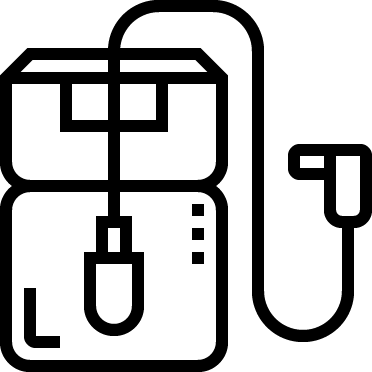
 Industrial Water Plant
Industrial Water Plant